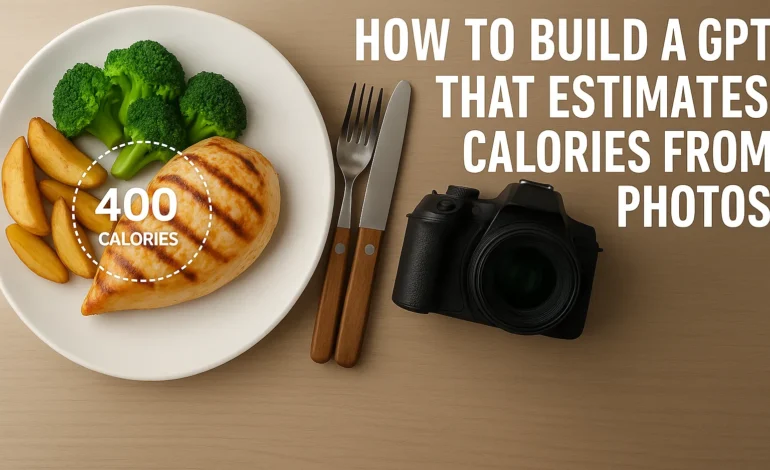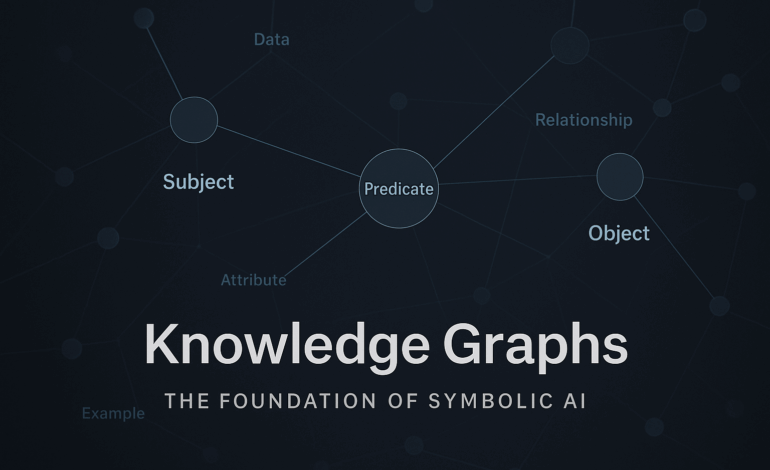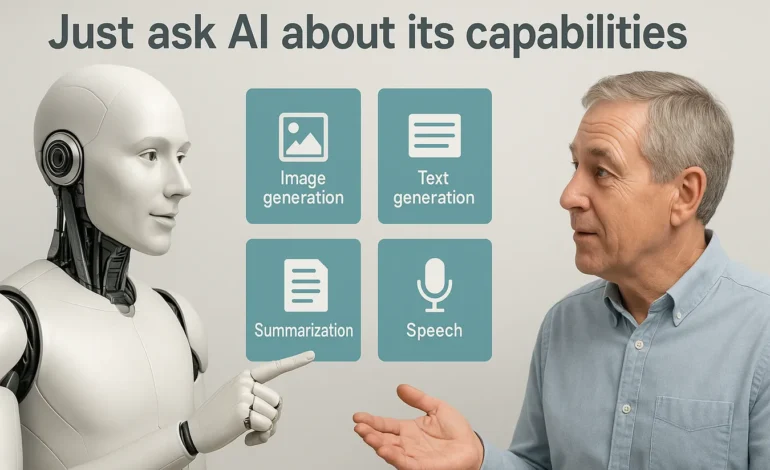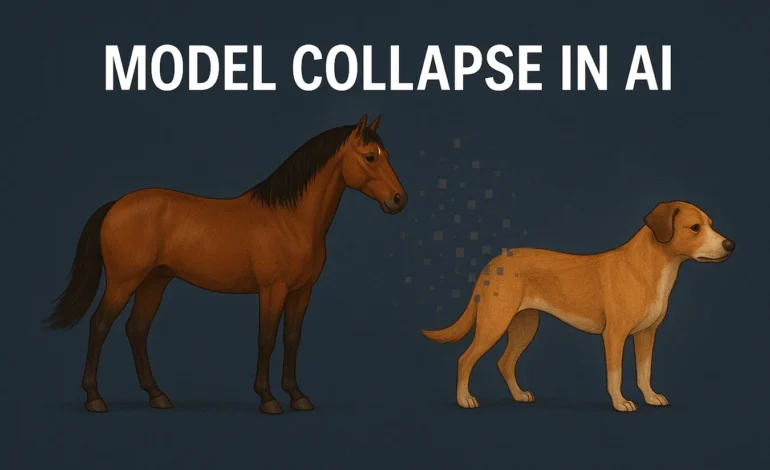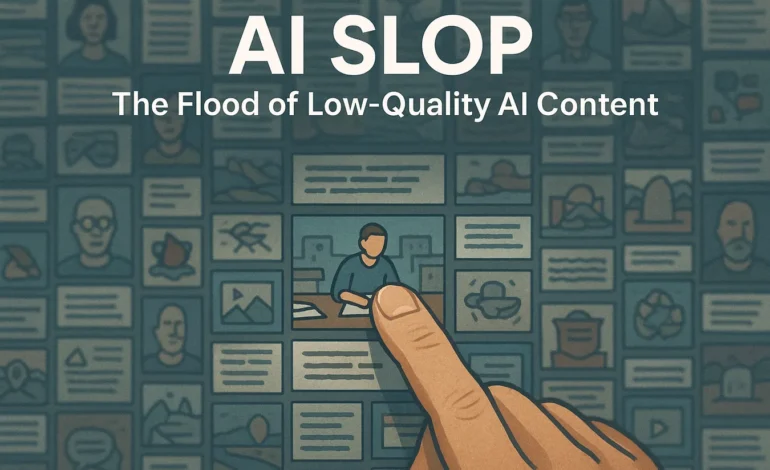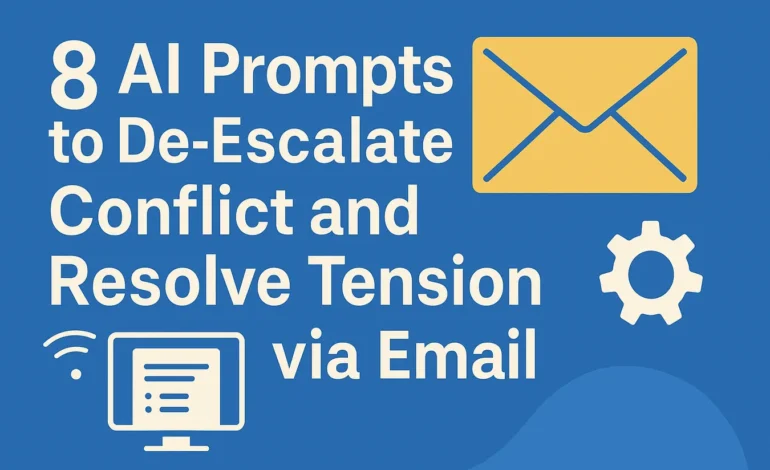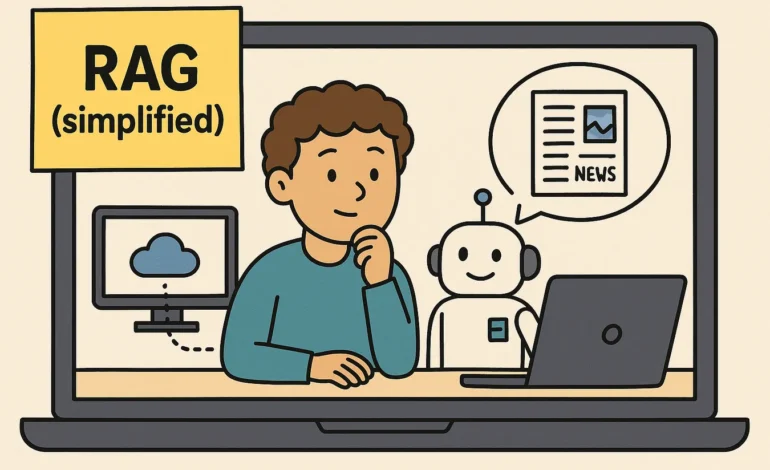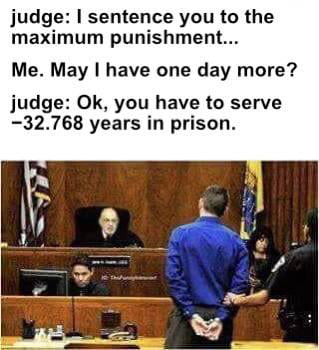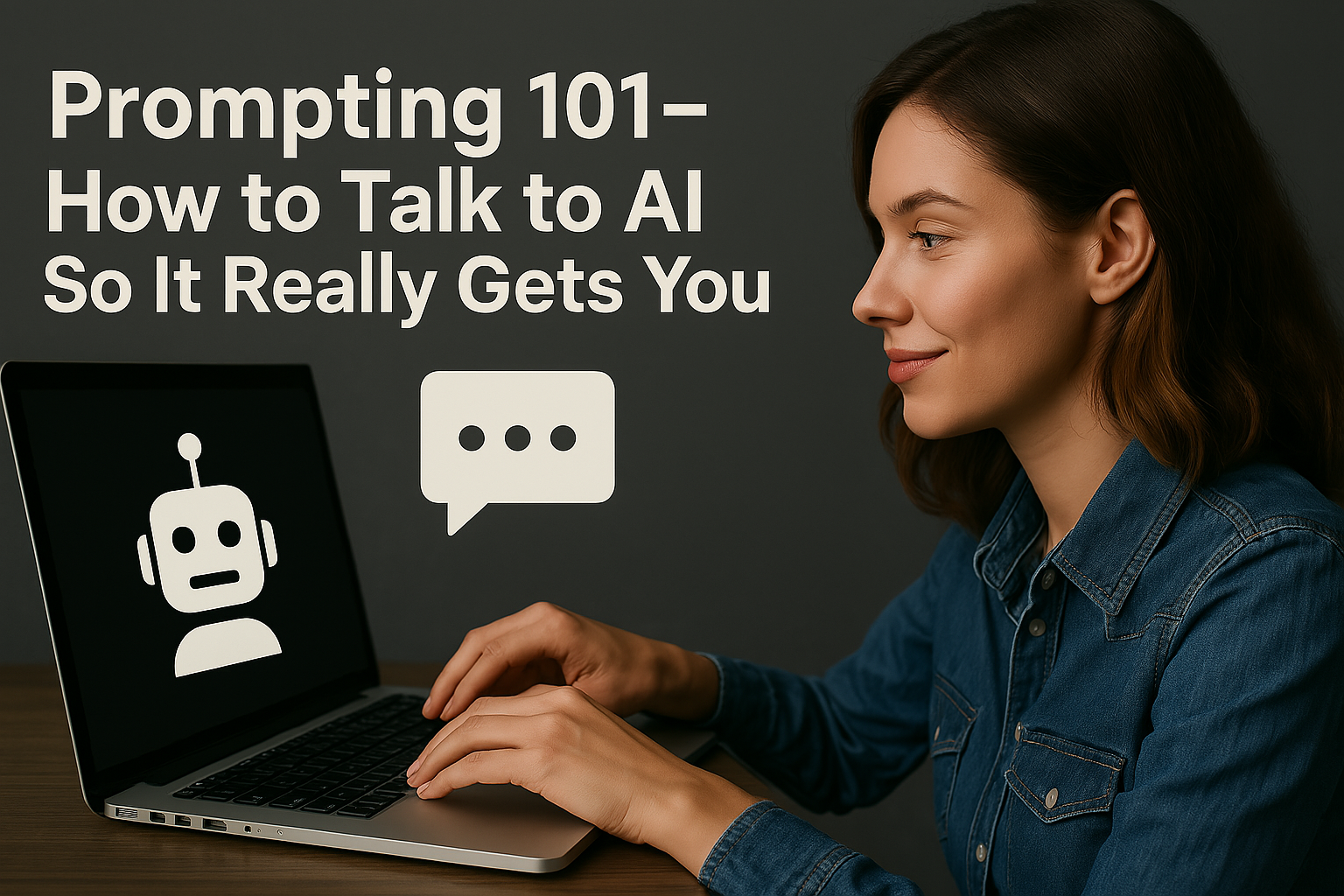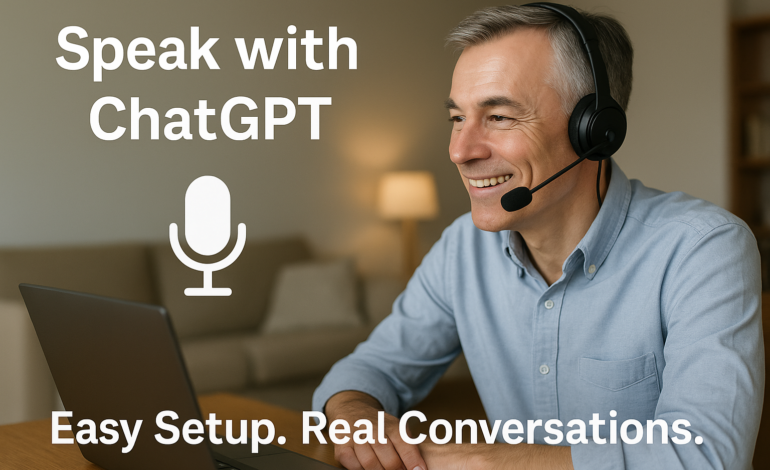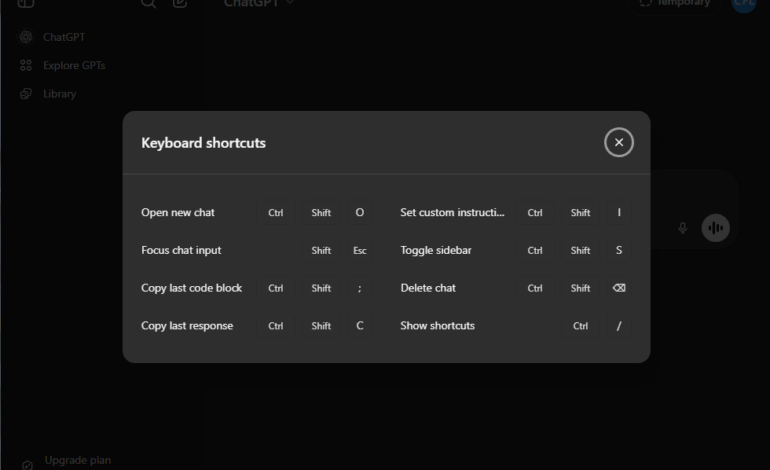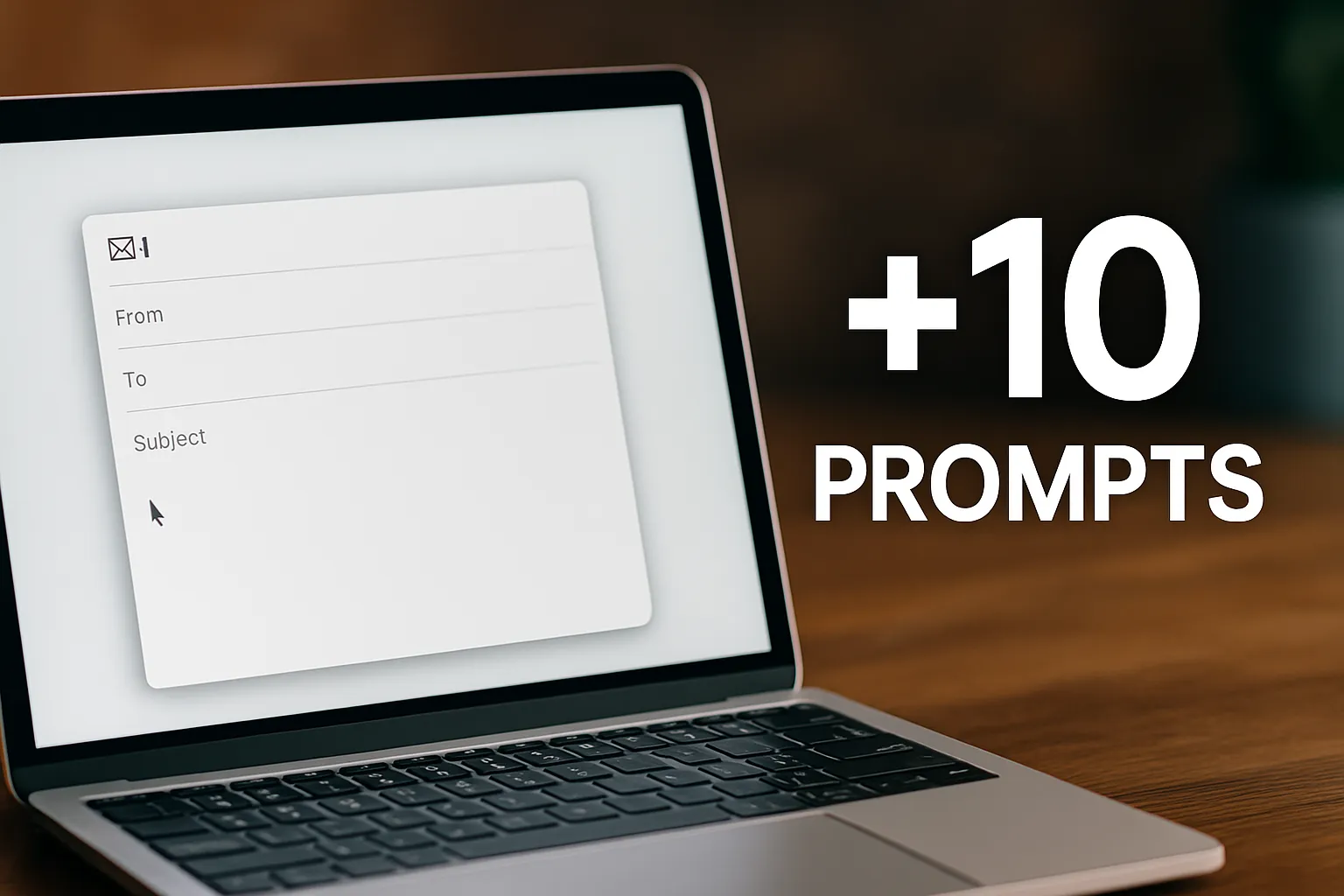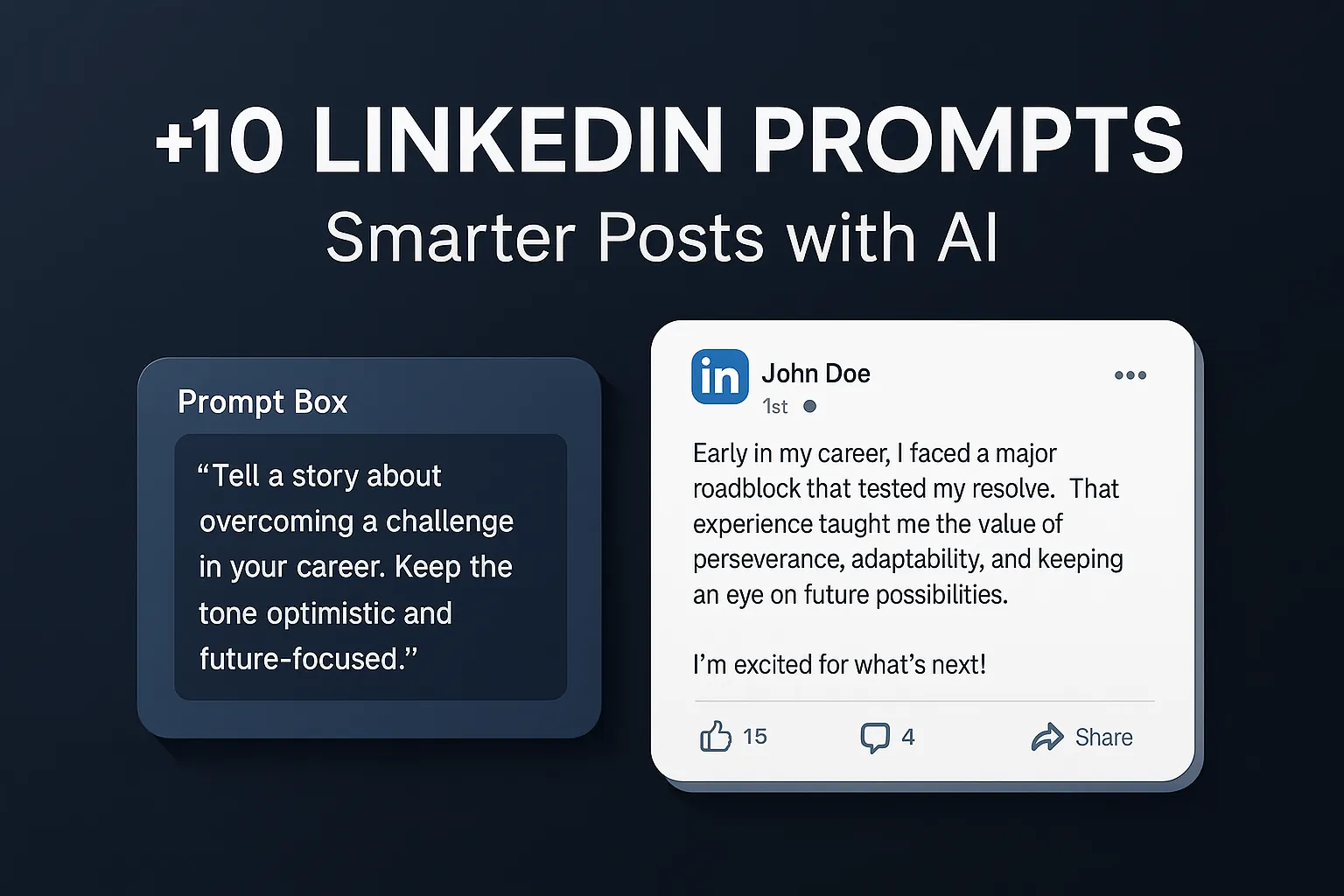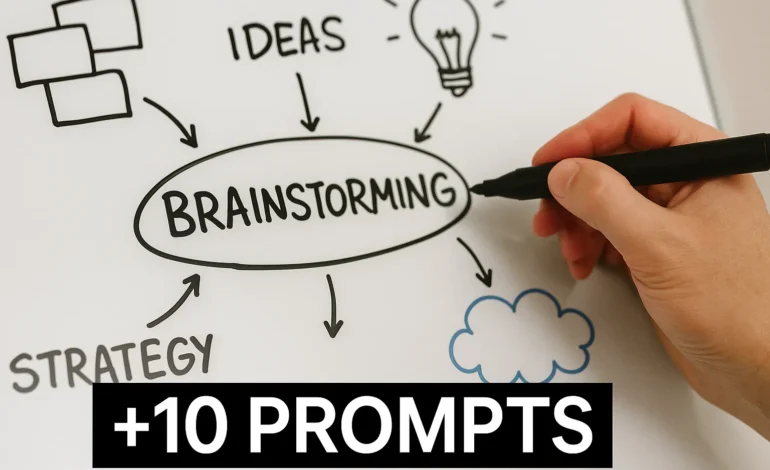
Brainstorming with AI: Better Ideas, Smarter Prompts
Good ideas rarely appear out of thin air, and bad ones usually come from bad input. When it comes to AI brainstorming, the biggest mistake is underprompting. If you ask an AI model to “give you ideas,” you’ll get exactly what that sounds like: generic lists, bland suggestions, and recycled pitches.
The real magic happens when you treat AI not like a search engine, but like a co-creator. This requires learning how to inject tension, contrast, and friction into your prompts. This guide shows you how to use strategic prompting to generate smarter, weirder, and more original ideas, especially when you feel creatively stuck. The goal is to push the AI out of its comfort zone and bypass the cognitive barriers that limit our own human thinking.
The Psychology of Strategic Prompting
Why do these demanding prompts yield superior results? It’s because Large Language Models (LLMs) work best when they adopt a persona and pursue a clear, defined objective. By forcing the AI to combine opposites, look into the future, or assume the role of a harsh critic, we compel it to draw upon deeper and less obvious datasets. This generates context and unique perspectives, not just simple listicles.
Use these prompts to:
- Develop new product ideas that could disrupt a market.
- Find original content hooks for social media and marketing.
- Execute creative naming exercises or branding workshops.
- Redefine and solve persistent creative blocks.
Prompt 1: “The Anti Pitch” (The Power of Negation)
Sometimes the best way to get to a good idea is by describing what you would never pitch. This flips the creative process upside down and deliberately highlights your own creative blind spots. By naming the bad, you clearly define the boundaries for the good. Forcing the AI to verbalize a terrible concept often exposes the true underlying needs of the brief.
Prompt: The Anti Pitch
Describe the worst possible name for a mindfulness app for working parents. Now flip the concept and give me five names that avoid all those mistakes, while still being memorable.
Prompt 2: “Future Headlines” (Looking Back at Success)
Backcasting is an incredibly powerful strategic technique. Instead of generating ideas, you ask what has already worked in the future. This frames ideation as narrative design. You are essentially engineering a success story, which allows the product idea to be derived backward. This instills a sense of urgency and relevance that abstract concepts often lack, making the idea feel immediately tangible.
This method doesn’t just generate a product. It generates a market proven success story. By forcing the AI to create a future headline and then detail the mechanics behind it, you bypass the difficult early stage questioning (“Is this feasible?”) and focus purely on the impact and market change. This gives you a clear narrative to build around. The headline serves as your target, and the explanation provides the necessary roadmap, saving months of abstract ideation.
Prompt: Future Headlines
Write a 2029 Wired headline about a solo founder who disrupted hiring with an app nobody took seriously at launch. What did it do? What changed the market? Why did it succeed?
Prompt 3: “Industry Clash” (The Contrast Engine)
The most original innovations often happen when two seemingly unrelated domains collide. This prompt forces contrast and creative cross-pollination. By forcing the AI to merge concepts from two different worlds (e.g., music streaming and skincare), you generate ideas that fall outside typical industry boundaries and hold true disruption potential.
Prompt: Industry Clash
Generate 3 product ideas that combine the personalization of Spotify with the daily rituals of skincare. Make them weird but usable.
Prompt 4: “Design Critic Mode” (The Harsh Reviewer)
GPT is often too polite. This prompt specifically invites skepticism, making it ideal for stress testing a concept before you become too attached to it. The goal is to identify weaknesses early and sharpen your pitch arguments. Painful criticism during the concept phase is always better than costly failure post launch.
Prompt: Design Critic Mode
I’m working on a habit tracker for ADHD professionals. Pretend you're a harsh product critic. List three brutal (but fair) reasons why this might fail.
Prompt 5: “Emotional Framing” (Selling the Feeling)
We often prompt for features. But people buy feelings. This prompt shifts the focus into narrative mode, where resonance matters more than specs. Have the AI tell a story of transformation, not a feature list. This is especially powerful in branding and marketing work, where you want to sell the impact rather than just the functionality.
In product development, it’s easy to fall into the trap of listing specifications (e.g., “Our app loads 3x faster!”). However, purchasing decisions are primarily emotional, not rational. This prompt forces you to bypass the logical list and tap directly into the user’s aspirational state. AdSense and human reviewers value content that addresses the deeper “why” behind product use.
By framing the idea as a before and after emotional state, you create a powerful narrative tension. Consider these two different communication styles: Feature led: “This new calendar tool has instant sync and a drag and drop interface.” (Functional.) Emotion led: “This new calendar tool gives you back the calm you lost to your inbox, replacing anxiety with control.” (Resonant.)
Use this prompt to align your product narrative with the emotional outcome the customer truly seeks. This technique is often the final key to unlocking a compelling brand message.
Prompt: Emotional Framing
Describe a product launch video for a journaling app that doesn’t mention features, only the emotions of a user before and after using it. Write it like a short film outline.
Prompt 6: “The User Rant” (Identifying Friction)
When designing, it helps tremendously to simulate user frustration. Let GPT simulate what an annoyed user might complain about. This gives you concrete friction points that you can solve for in your UX design. Good ideas survive criticism, but great ones invite it. This helps you spot UX traps before you ever launch.
Prompt: The User Rant
Imagine you're an annoyed user of my new calendar-sharing tool. Write a short rant about what's confusing, annoying, or unnecessary, without knowing the team’s intentions. Be blunt.
Prompt 7: “Tiny Idea, Big Frame” (The Small Change as Revolution)
Turn a small, insignificant tweak into a bold idea. This prompt amplifies underwhelming features into a meaningful narrative. It helps you frame a minor improvement in a way that feels philosophical or emotionally significant. Often, the innovation lies not in the feature itself, but in how it is communicated to the world.
Prompt: Tiny Idea, Big Frame
I added a progress ring to my writing app. What’s the boldest possible marketing angle for this? Position it like a major innovation. Make it sound philosophical or emotionally meaningful.
Prompt 8: “What Would X Do?” (The Persona Shift)
Let GPT channel different personas. This opens up tone, language, and thematic variation you wouldn’t otherwise get. By choosing a famous or fictional figure as a narrator or product developer, you force the AI to adopt that persona’s style and attitude, which leads to more original writing and concepts.
Prompt: What Would X Do?
Rewrite my pitch for a self-improvement newsletter as if Beyoncé were narrating it. Make it inspiring, unapologetic, and hyper-confident.
Prompt 9: “Dream Feature Prompt” (The Absurd Innovation)
Ask GPT to invent features no one asked for but might secretly love. This prompt skips feasibility and goes straight for imagination and emotional need. Often, playful or even absurd features lead to functional but original product ideas that surprise the market.
This prompt is designed to break the cycle of incremental thinking. By demanding absurd but delightful features, you force the AI to explore the fringes of possibility. The value lies in the by products of this exercise. An “absurd” feature often hides a simple, unsolved user need. For instance, an “emotionally satisfying” feature might lead to a simple gamification element that makes a boring task genuinely engaging. Don’t dismiss the absurd. Analyze the underlying emotional trigger it reveals.
Prompt: Dream Feature Prompt
Invent 3 absurd but delightful features for a to-do list app. They should be emotionally satisfying, maybe even funny, but not completely useless. Bonus if they make users laugh or feel seen.
Prompt 10: “Side by Side Remixing” (Contrast Over Consensus)
Instead of one answer, ask for contrast. This reveals nuance and trains your eye for what works best in a given context. By requesting multiple versions of the same message (professional, poetic, funny), you can immediately test the effectiveness of voice and tone without rewriting the entire story each time.
Prompt: Side by Side Remixing
Give me 3 completely different landing page headlines for the same product: one professional, one poetic, one bold and funny. All should sell the same idea, but from different emotional angles.
Prompt 11: “Problem First Framing” (Starting with the Pain)
We often start with solutions. This prompt forces you to start with the problem and to articulate it so clearly that the solution becomes almost inevitable. The customer’s pain point is the best starting place for marketing, product discovery, or compelling pitch deck work. The pain is the better seller.
Prompt: Problem First Framing
Write a pitch for a product that solves this exact problem: 'Freelancers waste 10+ hours per month chasing invoices.' Don’t name the solution yet, just describe the problem in a way that makes it painful and relatable.
Prompt 12: “Three Levels of Ambition” (The Courage to Scale)
We are often blocked by the question, “How ambitious should this be?” This prompt delivers three scaled versions at the push of a button: the safe bet, the bold innovation, and the wild, futuristic vision. This allows for a structured discussion about the scope and realism of a project. It’s excellent for founders or teams in early stages looking to explore market potential.
Prompt: Three Levels of Ambition
Give me 3 versions of a startup idea in the language learning space: one that's low-risk and easy to build, one that’s bold and solves a harder problem, and one that’s wildly ambitious or futuristic.
FAQ: Strategic Brainstorming with AI
Q What is the biggest mistake when using AI for brainstorming?
The biggest mistake is underprompting (asking for “ideas” without context). This leads to generic, surface level suggestions because the AI model is not forced to adopt a strategic persona or challenge existing assumptions.
Q How does “backcasting” help generate better ideas?
Backcasting asks the AI to describe a future success (like a headline from 2029). This forces the idea to be designed backward, creating an immediate sense of impact, relevance, and a clear success narrative to build upon.
Q Why is it useful to ask the AI for “the worst idea”?
Describing the worst idea (The Anti Pitch) defines the creative boundaries by negation. It highlights creative blind spots and helps clarify the essential underlying needs of the project by verbalizing what must be avoided.
In a Nutshell: From Output to Transformation
Smart AI brainstorming isn’t about speed. It’s about strategy. It’s about shaping the AI with tension, contrast, and a clear, high level purpose. The best prompts don’t just generate ideas. They teach you how to see your challenge differently.
The greatest added value lies in forcing the AI to move beyond the most logical answer. Use these techniques to challenge your assumptions and expand the boundaries of your ideas. Don’t settle for output. Prompt for transformation. Adopting this approach will result in content that easily meets the stringent quality requirements of platforms like AdSense.

